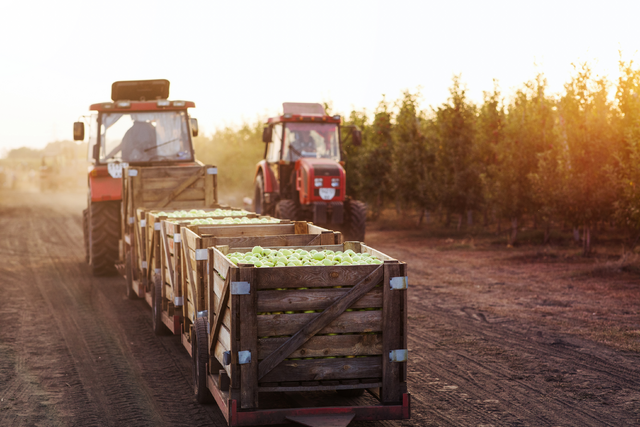In the dynamic world of Australian horticulture, the journey from farm to market is crucial. As farmers strive to meet the increasing demands of quality, freshness, and traceability, the role of advanced technologies becomes pivotal. Among these, robust WiFi connectivity emerges as a significant enabler, enhancing the efficiency and transparency of farm-to-market strategies. This connectivity not only streamlines operations but also opens up new avenues for Australian farmers to innovate and excel in delivering their produce.
The Vital Link in Farm Operations
Effective farm-to-market strategies hinge on seamless operations and communication. As farms extend over vast areas, maintaining constant communication and real-time data exchange becomes challenging. WiFi connectivity bridges this gap, ensuring information flows freely and operations run smoothly.
Streamlined Communications for Enhanced Coordination
Robust WiFi allows for seamless communication across the farm, ensuring all team members are on the same page. Whether it’s updating harvest schedules or coordinating logistics, WiFi ensures that vital information is shared promptly. This level of coordination is essential for synchronising the steps involved in getting produce from the farm to the market efficiently.
Real-time Data Access for Decision Making
Access to real-time data is a game-changer in managing farm operations. With WiFi connectivity, farmers can receive up-to-the-minute information on market trends, weather forecasts, and crop readiness, which plays a critical role in decision-making. Tools and apps that require internet access can provide insights into the best times to harvest and sell, maximising profitability and reducing waste.
Enhancing Traceability and Quality Control
Today’s consumers are more conscious about the quality and sourcing of their food than ever before. WiFi connectivity supports advanced traceability systems that track the journey of produce from the farm to the consumer’s table. This transparency is crucial for building trust and ensuring quality.
Implementing Advanced Traceability Systems
By utilising WiFi-enabled devices and sensors throughout the farming and distribution process, farmers can monitor the condition and location of their produce in real-time. This data can be crucial for ensuring that the produce maintains its quality throughout its journey and meets the stringent standards demanded by retailers and consumers alike.
Quality Control from Farm to Fork
WiFi connectivity allows for the integration of quality control measures throughout the cultivation and distribution process. Sensors can monitor temperature and humidity levels during storage and transport, ensuring the produce remains in optimal condition. This level of monitoring helps in reducing spoilage, maintaining freshness, and ensuring that consumers receive high-quality products.
Optimising Logistics and Distribution
Efficient logistics are central to effective farm-to-market strategies. WiFi connectivity facilitates the use of sophisticated logistics software that can optimise routes and schedules based on real-time traffic data, weather conditions, and delivery windows.
Real-time Logistics Management
With robust WiFi, logistics managers can adjust transport schedules on the fly, responding to unexpected changes or delays. This flexibility is essential for minimising downtime and ensuring that produce reaches the market promptly and in prime condition.
Cost Reduction and Efficiency
Efficient logistics supported by real-time data not only ensure timely delivery but also help in cutting down transportation costs. By optimising routes and reducing delays, farms can save on fuel and labour costs, thereby increasing overall profitability.
Enhancing Market Responsiveness
In the competitive field of horticulture, market responsiveness is key. WiFi connectivity provides farmers with the ability to respond swiftly to market demands, adjusting production and marketing strategies based on real-time consumer and market insights.
Dynamic Pricing and Marketing Strategies
With access to current market data, farmers can implement dynamic pricing strategies that reflect the latest supply and demand trends. Additionally, WiFi enables the use of digital marketing tools to promote produce directly to consumers and retailers, enhancing visibility and driving sales.
Building Consumer Engagement
WiFi connectivity allows farms to engage directly with consumers through social media and other online platforms. By sharing the story of their produce, including the care and sustainable practices involved in its cultivation, farms can build a loyal customer base and enhance their brand’s value.
Conclusion
As Australian horticulture continues to advance, the importance of integrating robust WiFi connectivity into farm operations cannot be overstated. From enhancing operational efficiency to improving market responsiveness, WiFi is transforming the farm-to-market journey. By embracing this technology, farmers can not only streamline their processes but also open up new opportunities for growth, sustainability, and consumer engagement, securing a robust future in the competitive agricultural market.




